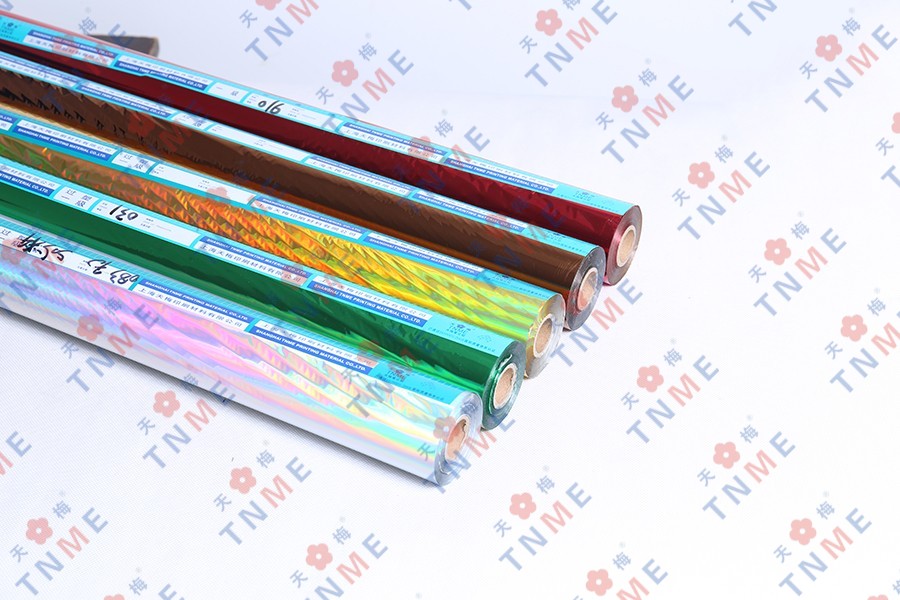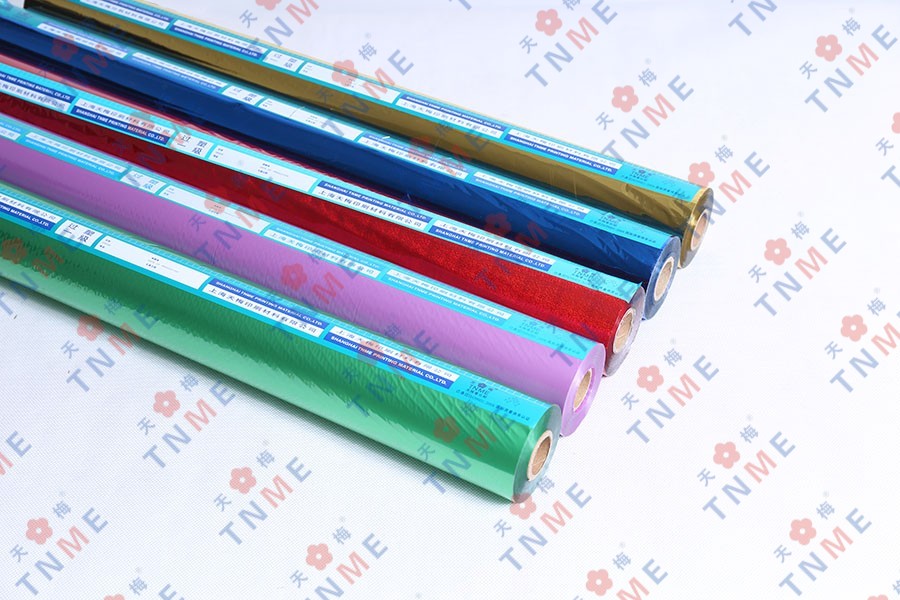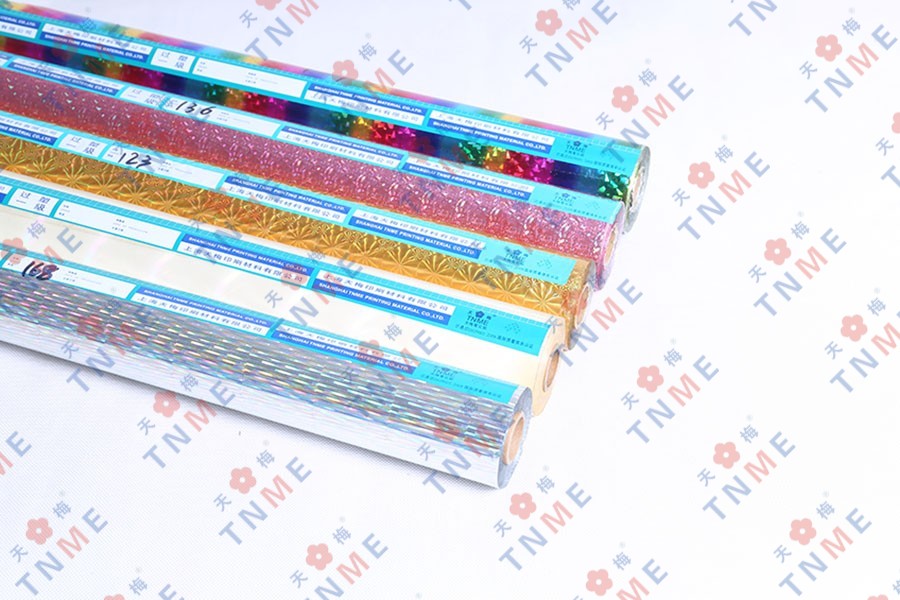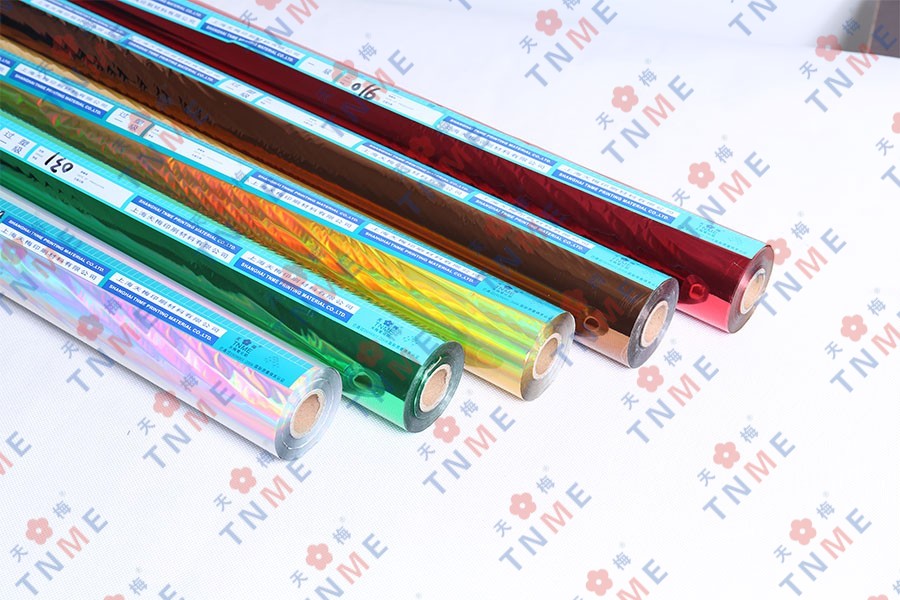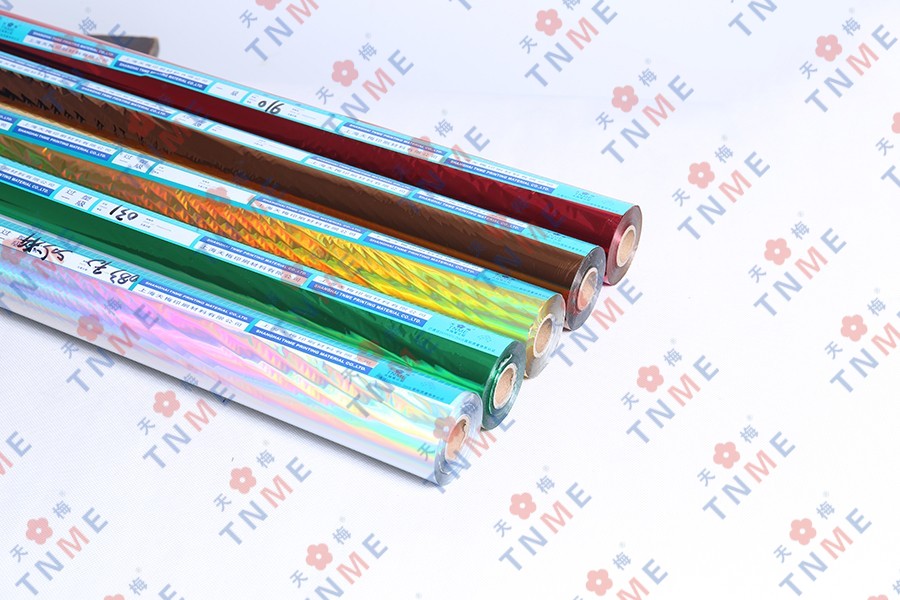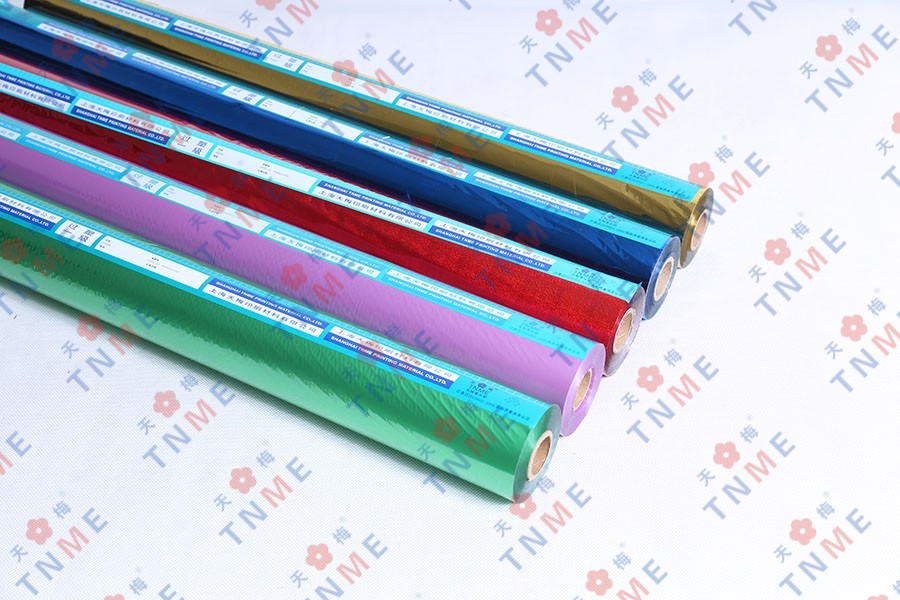How does laser & holographic foil prevent counterfeiting?
Counterfeiting is a persistent challenge across industries, affecting brand integrity, consumer trust, and economic stability. Among the most effective anti-counterfeiting solutions is laser & holographic foil, which integrates advanced optical technologies to create security features that are difficult to replicate.
The role of laser & holographic foil in anti-counterfeiting
Laser & holographic foil employs microstructures and light diffraction to produce dynamic visual effects that cannot be easily duplicated using conventional printing methods. These foils are typically applied to packaging, labels, and security documents, where authenticity verification is critical. The primary anti-counterfeiting mechanisms include optical variability, tamper evidence, and complex patterning, each contributing to a multi-layered defense against forgery.
One of the most significant advantages of laser & holographic foil is its ability to display shifting images or colors when viewed from different angles. This optical effect, known as kinetic movement, is generated through precise laser engraving and embossing techniques. Since counterfeiters lack access to the specialized equipment required to replicate these effects, genuine products with such features remain distinguishable from fakes. Additionally, many holographic foils incorporate hidden images or microtext that are only visible under magnification, further enhancing security.
Key security features of laser & holographic foil
The effectiveness of laser & holographic foil in preventing counterfeiting lies in its combination of overt, covert, and forensic security features. Overt features are immediately visible to the naked eye, serving as a first-line authentication tool for consumers. Examples include holographic stripes, 3D depth effects, and color-shifting patterns. These elements are designed to be visually striking yet technically challenging to reproduce.
Covert features, on the other hand, require specific tools or knowledge to detect. These may include laser-etched serial numbers, UV-reactive inks, or infrared markings. Such features are often used by manufacturers and regulatory bodies to verify authenticity during inspections. Forensic-level security involves even more sophisticated measures, such as nanostructured surfaces or chemically encoded markers, which necessitate laboratory-grade equipment for verification.
Another critical aspect is the tamper-evident property of many laser & holographic foils. When removed or altered, these foils either disintegrate or leave behind a visible residue, indicating potential tampering. This feature is particularly valuable in industries like pharmaceuticals, where product integrity is paramount.
Applications across industries
The versatility of laser & holographic foil makes it suitable for a wide range of applications. In the banking and financial sector, it is used on credit cards, banknotes, and certificates to prevent fraud. Governments incorporate these foils into passports, ID cards, and tax stamps to enhance document security. The consumer goods industry relies on holographic labels for high-value products such as electronics, cosmetics, and alcohol, where counterfeit products can pose significant health and safety risks.
A comparison of common security features in laser & holographic foil applications:
| Industry | Primary Use | Key Security Features |
|---|---|---|
| Banking & Finance | Credit cards, banknotes | Color-shifting foils, microtext |
| Government Documents | Passports, ID cards | Tamper-evident layers, laser-perforated images |
| Consumer Goods | Luxury packaging, labels | 3D holograms, UV-reactive elements |
| Pharmaceuticals | Anti-tamper seals | Destructible foils, hidden serialization |
Challenges and future developments
While laser & holographic foil is highly effective, counterfeiters continually adapt, necessitating ongoing innovation in security technologies. Future developments may include dynamic holograms with interactive elements or biometric-integrated foils that link physical products to digital verification systems. Additionally, advancements in nanotechnology could enable even more intricate and unforgeable patterns.
Despite these challenges, laser & holographic foil remains one of the most reliable anti-counterfeiting solutions due to its combination of visual appeal and technical complexity. As counterfeit methods evolve, so too will the sophistication of these foils, ensuring their continued relevance in securing products and documents worldwide.
Laser & holographic foil provides a robust defense against counterfeiting through its multi-layered security features, ranging from visible optical effects to hidden forensic markers. Its widespread adoption across industries underscores its effectiveness in protecting brand authenticity and consumer safety. As technology advances, these foils will continue to play a pivotal role in anti-counterfeiting strategies, adapting to new threats while maintaining their core advantages.
By understanding how laser & holographic foil functions and its critical security attributes, businesses and governments can make informed decisions about integrating this technology into their anti-fraud measures. The ongoing development of more sophisticated features ensures that this solution will remain a cornerstone of product and document security for years to come.




 English
English 中文简体
中文简体
